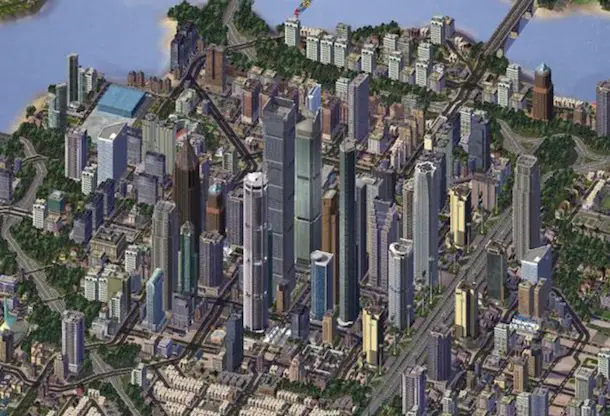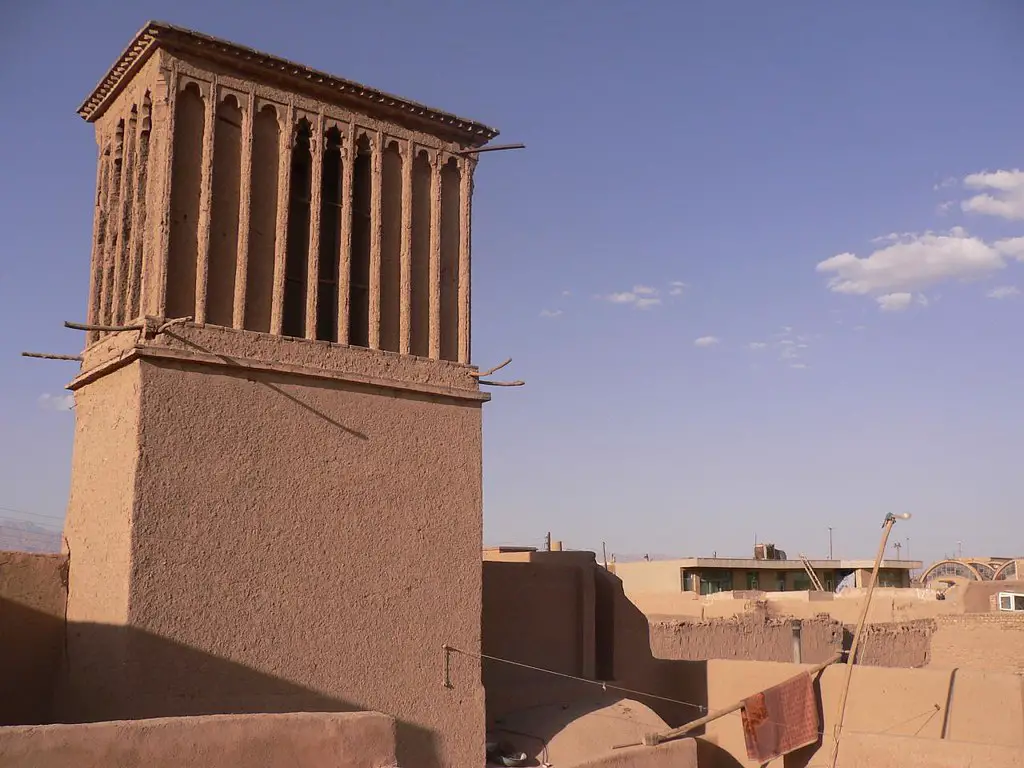Sydney, Las Vegas & Springfield: How Monorail Failed in our Cities & The Simpsons
Salesman: The name’s Lanley, Lyle Lanley and I come before you good people tonight with an idea. Probably the greatest—aw, it’s not for you, it’s more a Shelbyville idea.
Mayor Quimby: Now, just wait a minute. We’re twice as smart as the people of Shelbyville. Just tell us your idea and we’ll vote for it.
If you’re a Simpsons connoisseur then you know the rest of the story: Springfield builds a monorail when the town becomes flush with cash from an EPA fine on Mr. Burns, everyone sings a song about the project, Lanley ends up being a snake oil salesman, and the entire infrastructure project goes up in deliciously hilarious flames. Leonard Nimoy also gets involved and makes Star Trek jokes, but I digress.
The monorail hasn’t fared much better in the real world. Sure, getting around Disney World is a lot more sublime when you’re floating in a plush car with panoramic views of the Magic Kingdom, but outside of theme parks (unless you include Las Vegas in that category, but more on that later) the transit technology just hasn’t been a practical success. Today we have two case studies of cities where building infrastructure up doesn’t always mean moving people forward.
Sydney

When America celebrated its bicentennial in 1976 we set off some fireworks, opened some exhibitions, and had the Queen visit her former colonies so that we could gloat about our victory over her predecessors. I assume. For Australia’s celebration in 1988, Sydney built a monorail.
Not that a new transportation system shouldn’t be cause for celebration, but the fact of the matter is that the powers that be in Sydney pushed what they considered to be the transit of the future ahead of proven concepts like light rail, a more successful infrastructure with lower capital and maintenance costs. Bad bets happen, but from a distance it looks like Sydney left too much on the table.
But what if it wasn’t so much a bet as much as it was a fix? In an exhaustive article (named, in an almost cosmic coincidence for TBC, “Why Sydney Found Itself Looking Up at a Monorail”) Sydney Morning Herald’s Tracey Aubin documented the entire process—from design to construction—and discovered an alarming amount of political gamesmanship that pushed the monorail forward even as departments tasked with oversight predicted problems:
“[Dept. of Environment and Planning official Helen Reid’s] report shows there were a number of risks to the Government in approving the monorail. These included no control on fares paid by patrons, and its impact on existing transport systems. It shows the legislation enacted for the monorail was, in part, to preclude compensation claims and court challenges associated with the transport system and that the Labor Government expected “large and prolonged opposition to the project.”
For the Sydney city government to ignore such specific and glaring claims is a bit suspect to say the least, especially considering the monorail fares have jumped to AU$4.90 (US$5.20) since 1988, making the Metro Monorail one of the most expensive mass transit trips on the planet. Aubin goes on to add: “[the Sydney government] knew the [monorail] system never had been proved in a comparable urban situation, and worried over the monorail’s environmental difficulties.” Novelty alone isn’t a reason to dismiss an infrastructure project, but mass transit is less Highline and more Big Dig; being effective has to be the prime goal or you end up with a slow-moving—and empty—eyesore.
But the monorail was built down under, and the concerns that presented themselves in 1988 appear to be slightly more than clairvoyant: prices jumped ahead of inflation, ridership estimates were badly overshot. The Sydney monorail is a floating reminder of municipal mistakes. In a recent interview with the Sydney Morning Herald, the city’s former public works minister and monorail champion Laurie Bereton said it best: “allowing private interests to run public transport is a crappy concept and a recipe for disaster.”
Las Vegas

If the human race was ever going to design a colony on Mars like Newt Gingrich wants, there’s a good chance that Las Vegas would serve as inspiration. You can go from the airport to your hotel to a week of debauchery and back to reality all while spending less than a cumulative half hour under natural lighting. It is a city designed around suspending reality in very tangible way. Like having a monorail that connects casinos so you don’t have to walk outside.
Originally, Sin City’s monorail line connected two casinos: Bally’s and the MGM Grand. Gamblers were shuttled gratis between the two complexes and visitors could make use of 200,000 square feet of slots and table games without ever being denied industrial strength air conditioning. In 2004, Bombardier Transportation expanded the elevated system and make the Bally’s the new southern terminus and extend the track to include other major casinos and the Las Vegas Convention Center. Eventually, the monorail will dive underground and tunnel out to the airport so that you can literally go from Venice or Mandalay to the Venetian or Mandalay Bay without ever stepping on Nevada terra firma. Brave new world, indeed.
Las Vegas, for all its oddities, isn’t immune to the banalities of municipal politicking. In fact, Vegas has a very distinct brand of it, considering that casinos provide nearly half of every dollar of the public budget, not to mention a good chunk of campaign funds for regional and local politicians. This isn’t corruption, at least not in the way that most cities know it. Vegas is run by the casinos because they are the financial lifeblood of the city itself: they employ the people, pay for the services, and generally keep the lights on. Of course, in a setup like this that all-important line of separation between private industry and the public good starts to get obscured pretty quickly.
But obscurity wasn’t the problem with the Las Vegas Monorail, competing interests were. It is a transportation system designed to serve a private interest that happens to be an extremely important local industry. Casinos were driven to attract more gamblers and tourists in order to run profits; the ancillary effects (added jobs, increased tax revenue) would benefit the public. The casinos were never interested in building a system that would have directly benefitted Las Vegas citizens, much less one that their employees could afford (a single ride costs $5). So it was understandable (even admirable) when the original proposal didn’t call for public funding.
That sentiment ended up being short-lived. Eventually the commission in charge of monorail construction acquired $653 million in tax exempt bonds for construction, a consideration that was essentially publicly funded loan for a project that benefitted the casinos that served as stations for the monorail. Ridership estimates were severely overshot, and as a result the system suffered financially. In early 2011 the Las Vegas Monorail filed for bankruptcy and the government backed bonds went, essentially, kaput.
The Las Vegas Monorail still runs, though, and plans remain in place to extend the line to McCarren Airport in the coming years, but it has become more and more like a Las Vegas novelty than a transportation system. The amusement park aura that the monorail has picked up over the years seems karmically appropriate: the Las Vegas Monorail cars were acquired from Walt Disney World after they had performed their duties transporting giddy kids around the Magic Kingdom.
“I’d like you to explain why you want to build a mass transit system in a small town with a centralized population,” Lisa Simpson asks Lyle Lanley in Marge vs. the Monorail. Instead of answering, Lanley charms the girl with a wink and a compliment: “Young lady that’s the most intelligent question I’ve ever been asked…Oh I could give you an answer but the only ones who would understand it would be you and me—and that includes your teacher.”
Disarming logical dissent never looked so easy—but then Lyle Lanley never got a crack at city officials in Sydney or Las Vegas.
Photos: Ameel Khan and planetc1


